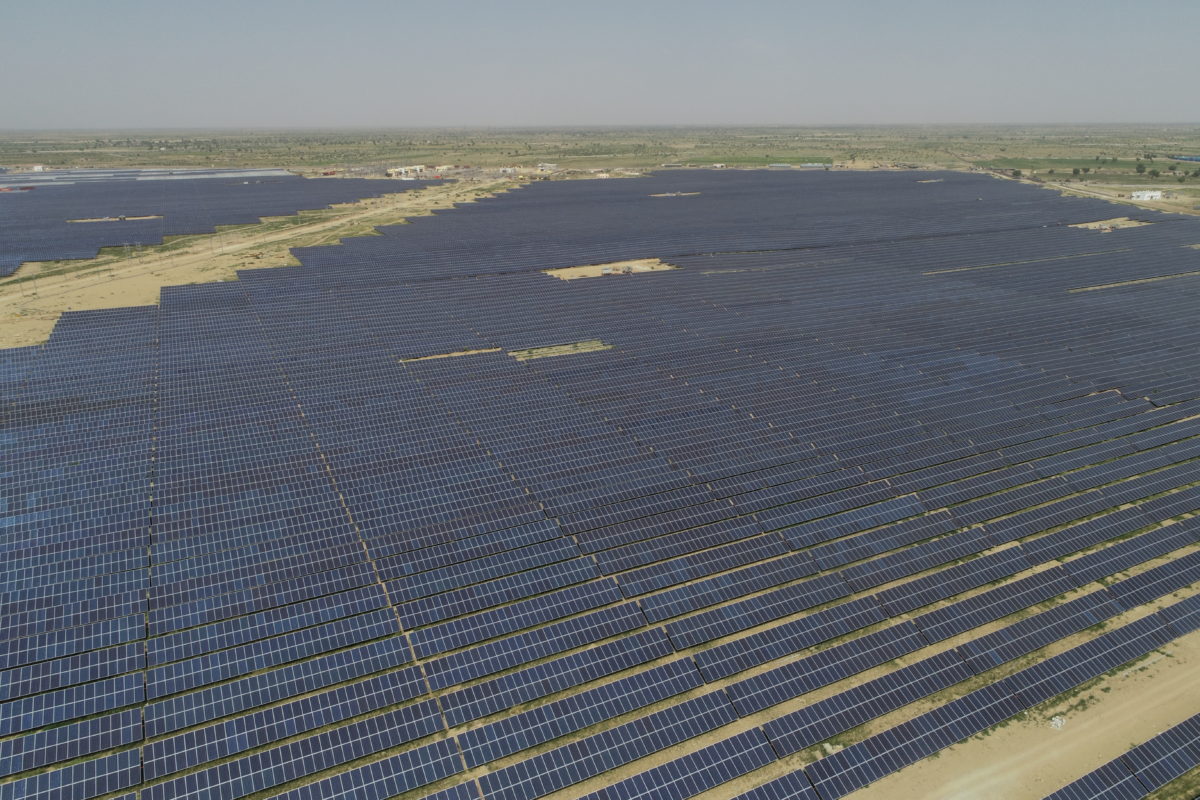India can achieve its vision of energy independence by 2047, according to a new study released by the U.S. Department of Energy’s Lawrence Berkeley National Laboratory (Berkeley Lab).
The study, titled “Pathways to Atmanirbhar Bharat (Self-reliant India), examines India’s three most energy-intensive sectors (power, transport, and industry) and determines that achieving energy independence will generate significant economic, environmental, and energy benefits. This includes $2.5 trillion in consumer savings through 2047, reducing fossil fuel import expenditure by 90% or $240 billion per year by 2047, enhancing India’s industrial competitiveness globally, and enabling India’s net-zero commitment ahead of schedule.
India is the world’s third largest energy consumer, and its energy demand will quadruple in the coming decades, thanks to rapid economic growth. Currently, it must import 90% of its oil demand, 80% of industrial coal, and 40% of its natural gas consumption. Price and supply volatility in the global energy markets, as witnessed in recent years, strain India’s foreign exchange reserves, resulting in economy-wide inflation.
“The case for clean energy has never been stronger. India has achieved the world’s lowest renewable energy prices and has found some of the world’s largest lithium reserves,” said Nikit Abhyankar, Berkeley Lab scientist and the study’s lead author. “This can propel India towards cost-effective energy independence in an economically and environmentally advantageous way.”
The study shows that India’s energy independence pathway would involve the power sector installing more than 500 GW of non-fossil electricity generation capacity by 2030, a goal already announced by the government, followed by an 80% clean grid by 2040 and 90% by 2047. Nearly 100% of new vehicle sales could be electric by 2035. Heavy industrial production (90% of iron and steel, 90% of cement, and 100% of fertilizers) could shift primarily to green hydrogen and electrification by 2047. Most of the lithium demand (estimated 2 million tons by 2040) for manufacturing new electric vehicles and grid-scale battery storage systems could be produced domestically using newly discovered reserves.
In addition, the Indian industry must transition to clean technologies such as EV and green steel manufacturing. India is one of the world’s largest auto and steel exporters, with their largest markets in EU countries committed to carbon neutrality and a potential carbon border adjustment tariff.
“India’s energy infrastructure requires a $3 trillion investment in the coming decades, and our study finds that prioritizing new energy assets that are cost-effective and clean is crucial for long-term financial sustainability,” said Amol Phadke, Berkeley Lab scientist and a co-author. “India can leverage the existing policy framework it has laid out to expand the clean energy deployment.”
The study finds that India has a unique advantage to leapfrog to a clean energy future since the bulk of its energy infrastructure is yet to be built. India’s growing energy demand offers a significant runway of fifteen years for the existing fossil energy assets to transition to clean energy.
This energy transition would require significant policy support, including deployment mandates for clean technologies, financial and policy support for emerging technologies such as green hydrogen, and investment in domestic manufacturing capacity.
“We find that India will embark on an ambitious energy transition in the coming decades,” said Priyanka Mohanty, a co-author, and researcher at Berkeley Lab. “However, the transition runway provides time to strategically deploy clean technologies at scale and plan for a just transition.”
This content is protected by copyright and may not be reused. If you want to cooperate with us and would like to reuse some of our content, please contact: editors@pv-magazine.com.









By submitting this form you agree to pv magazine using your data for the purposes of publishing your comment.
Your personal data will only be disclosed or otherwise transmitted to third parties for the purposes of spam filtering or if this is necessary for technical maintenance of the website. Any other transfer to third parties will not take place unless this is justified on the basis of applicable data protection regulations or if pv magazine is legally obliged to do so.
You may revoke this consent at any time with effect for the future, in which case your personal data will be deleted immediately. Otherwise, your data will be deleted if pv magazine has processed your request or the purpose of data storage is fulfilled.
Further information on data privacy can be found in our Data Protection Policy.